Shifting of Magnetic North Pole – Causes & Impacts
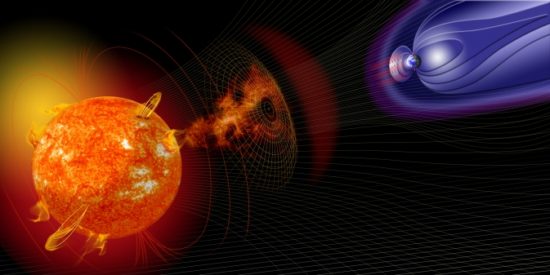
From Current Affairs Notes for UPSC » Editorials & In-depths » This topic
IAS EXPRESS Vs UPSC Prelims 2024: 80+ questions reflected
Researchers have revealed that Earth’s Magnetic North Pole is rapidly drifting away from Canada Arctic towards Russia. The issue has got so bad that researchers around the world are scrambling to update the World Magnetic Model (WMM) that is the base of all modern navigation, from the systems that steer ships at sea to Google Maps on smartphones.
What are the differences between Geographic Poles and Magnetic Poles?
The earth has 2 pairs of north and south poles as follows.
Geographic North and South Poles
- The geographic poles are determined by the axis around which the planet spins.
- The geographic north and south poles are where lines of longitude (meridians) converge in the north. They are directly opposite each other.
- Geographic poles are static or fixed.
Magnetic North and South Poles
- The Earth acts as one big magnet. The Earth consists of a solid iron core surrounded by an ocean of hot, liquid metal (Nickel & Iron). The liquid metal that flows in Earth’s core generates electric currents, which in result creates Earth’s Magnetic Field.
- Magnetic Poles are dynamic or move around with respect to the changing magnetic field of Earth.
- A compass needle always points to the Magnetic North Pole but that does not hold true for Geographic North Pole as well.
- Magneticvariance, or declination, is the difference between geographic north and magnetic north.
- The phenomenon called ‘Aurora” is unique to magnetic poles. Auroras are dramatic & beautiful lights that appear when solar radiation bounces off the Earth’s magnetic field. In the North Pole, this phenomenon is named Aurora Borealis. In the South Pole, it is Aurora Australis.
What is the issue now?
- Magnetic North Pole (AKA – North Dip Pole) was discovered first in 1831 on Ellesmere Island in Northern Canada.
- Since then, the magnetic north pole has been moving hundreds of miles across the Canadian Arctic towards Russia.
- It has now been found that the pace of the drifting has suddenly increased quite significantly.
- It has been moving from around 14-15 km a year until the 1990s to around 55 km per year in the past few years.
- Scientists believe that the shift can be attributed to the deeply embedded hydromagnetic waves, the movement of the liquid metal ocean to Earth’s core, climate change, or a combination of all these factors.
- This rapid movement of magnetic pole led researchers to update the World Magnetic Model (WMM) that tracks this movement.
What is the World Magnetic Model (WMM) and its uses?
- World Magnetic Model (WMM) are the charts used to convert between compass measurements of magnetic north and true north (geographic north).
- Researchers from the US’s National Oceanic and Atmospheric Administration (NOAA) maintain the WMM.
- WMM can be found in the navigation systems of ships and airplanes as well as geological applications such as drilling and mining.
- It is also a part of map applications in smartphones like Google Maps App.
- It is used in surveying, mapping, satellite/antenna tracking, and air traffic management.
- It is also crucial for militaries for firing their missiles accurately or for other purposes.
Is the Earth’s Magnetic Field going to be reversed?
- In recent times, scientists have predicted that Earth’s magnetic field could be moving towards a ‘flip’ i.e., a shift in which the magnetic south pole would become magnetic north and vice versa.
- However, there is no evidence exist that such a flip is imminent.
- Geologists can interpret magnetic minerals in rocks across the world to identify the history of magnetic reversals of the earth.
- Accordingly, Earth’s magnetic poles have flipped many times in its history, with the last reversal happened around 7,80,000 years ago and 183 times in the last 83 million years.
What are the impacts of the reversal of Earth’s magnetic field?
- Some researchers imply that if the poles do flip, it could create catastrophic impacts,
- It could leave life at the surface exposed to higher amounts of solar radiation as Earth’s magnetic field acts as a shield from the direct impact of solar radiation.
- Even with Earth’s strong magnetic field today, we are still vulnerable to solar/geomagnetic storms that can impact our electricity-dependent society causing power outages.
- The rapid fluctuations in the number of cosmic rays hitting the atmosphere directly alter the amount of cloud covering the planet.
- However, others claim that the flipping won’t be a catastrophic end of the world scenario. From studying the fossil records, there is no proof that a magnetic field reversal causes increased extinctions, volcanic activity, etc.
- It appears that some birds and some animals like whales use Earth’s magnetic field for migration and finding directions. Since geomagnetic reversal takes thousands of years, they could well adapt to the changing magnetic environment or develop different methods of navigation.
The phenomena occurring inside the earth cannot be studied directly or through computer modelling due to the extremely hot temperatures. Hence the causes for the rapid movement of the pole are uncertain yet. However, the shifting of the magnetic north pole would provide some new insights into the phenomena of the interior earth.
Additional Notes for Prelims:
International Hydrographic Organisation (IHO)
- Is an intergovernmental consultative and technical organization that was created in 1921 to support the safety of navigation and the protection of the marine environment.
- India is also a member of IHO.
- Objectives of the organisation are:
- Coordination of the activities of national hydrographic offices.
- To bring about uniformity in nautical charts and documents.
- The adoption of reliable and effective methods of carrying out and exploiting hydrographic surveys.
- Development of sciences in the field of hydrography and the techniques employed in descriptive oceanography.
- IHO enjoys observer status at the United Nations.
If you like this post, please share your feedback in the comments section below so that we will upload more posts like this.

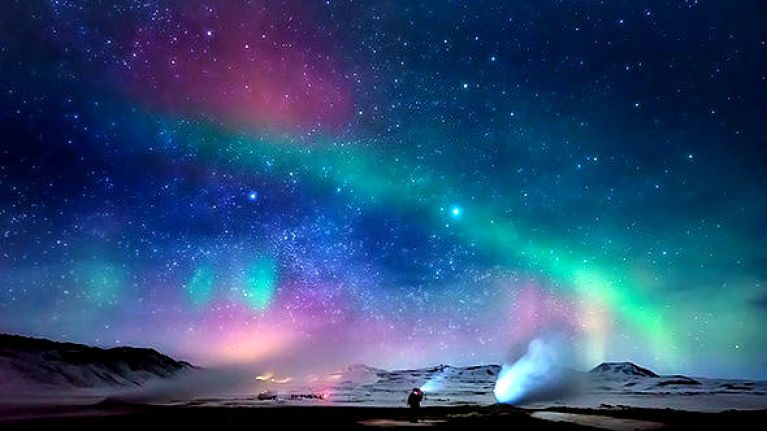
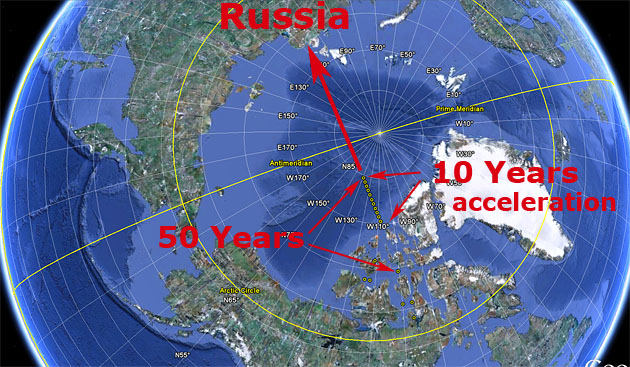
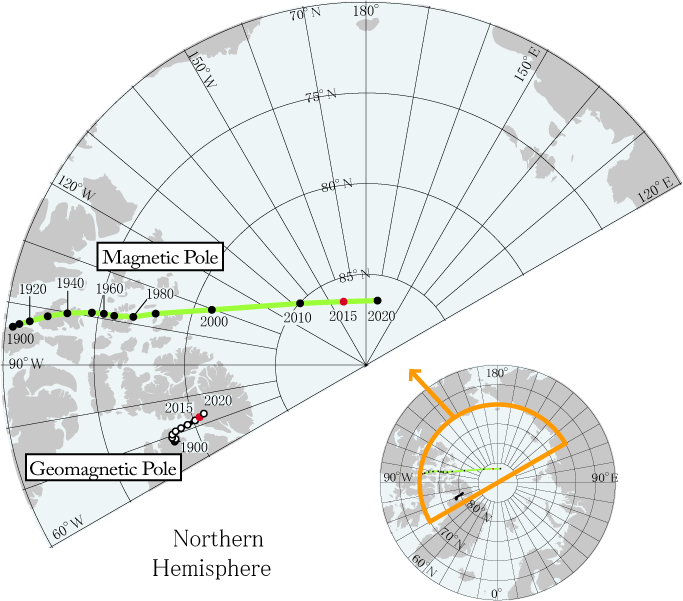
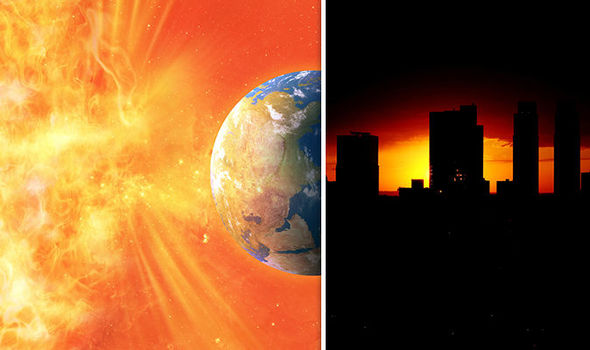


I think this phenomenon will change a lot. Starting from shifting of permanent winds, changing of precipitation pattern, overall rainfall pattern disturbances and various other changing parameters.